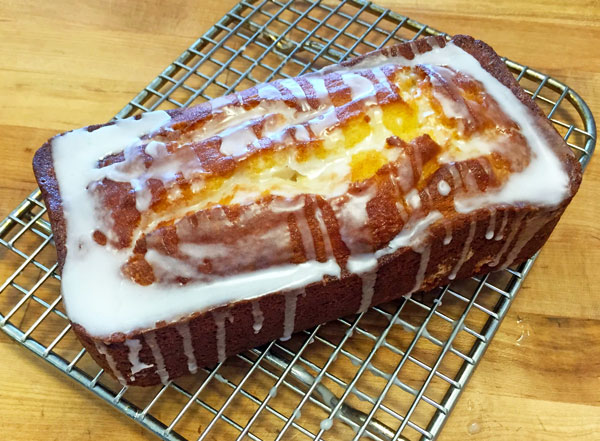
Knowing your ingredients is key to becoming a better baker. In this edition of Tips for Better Baking, let’s go over the difference between baking powder and baking soda.
Both baking powder and baking soda are chemical leavening agents that cause baked goods to rise. While similar in purpose, they are very different in composition.
According to The Pastry Chef’s Companion:
Baking soda (also known as bicarbonate of soda or sodium bicarbonate) is an alkali leavener used for making baked goods. When it is combined with an acid and moisture, it produces carbon dioxide, which causes batters to rise. Without an acid ingredient to neutralize the alkalinity of the baking soda, baked goods will have a metallic, soapy taste.
Baking powder is a leavening agent used for baked goods that consists of baking soda, cream of tartar or other acid, and a moisture absorber such as cornstarch. Double-action baking powder releases once when dissolved and again when exposed to heat.
Tip for Better Baking: Baking powder and baking soda are not interchangeable Since baking powder already has an acid in it, it is typically used in recipes with non-acid ingredients such as Dutch process cocoa powder or cream. Baking soda is used when an acid such as lemon juice, buttermilk, or natural cocoa powder is present in the recipe.
You may notice some recipes call for both baking powder and baking soda. This is the case when extra rise is needed or when you want to keep a bit of tangy, acid flavor.

Leave a Reply